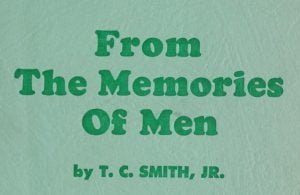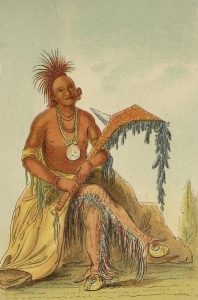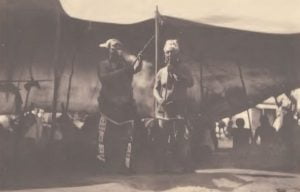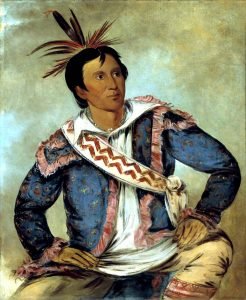History of Brown County Texas
From the Memories of Men by Tevis Clyde Smith, Jr., published in 1954, is a concise 66-page exploration of the history and memories of Brown County, Texas, and its surrounding areas, including Williams Ranch and Brownwood. This book captures the essence of frontier life, highlighting the resilience and determination of early settlers through a collection of narratives that recount the challenges and triumphs they faced.






